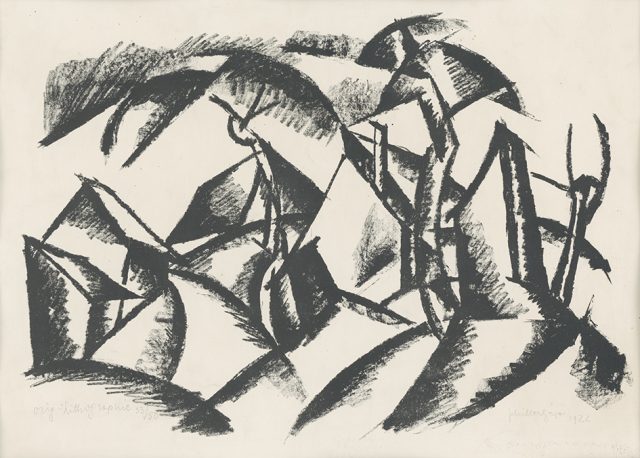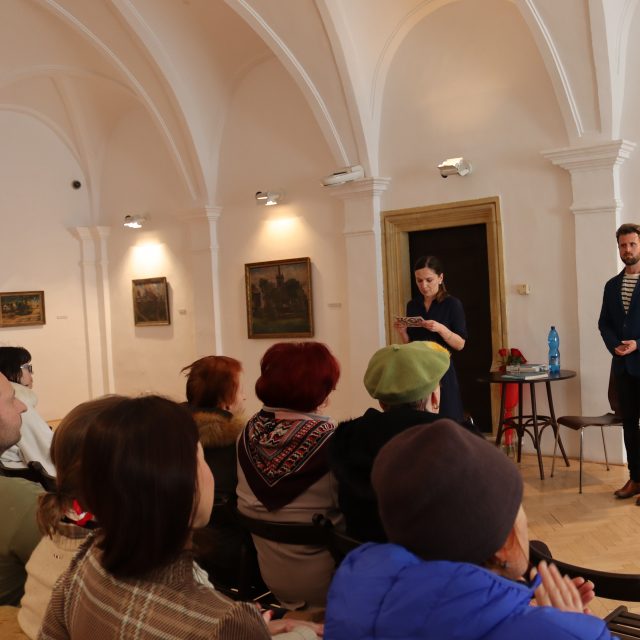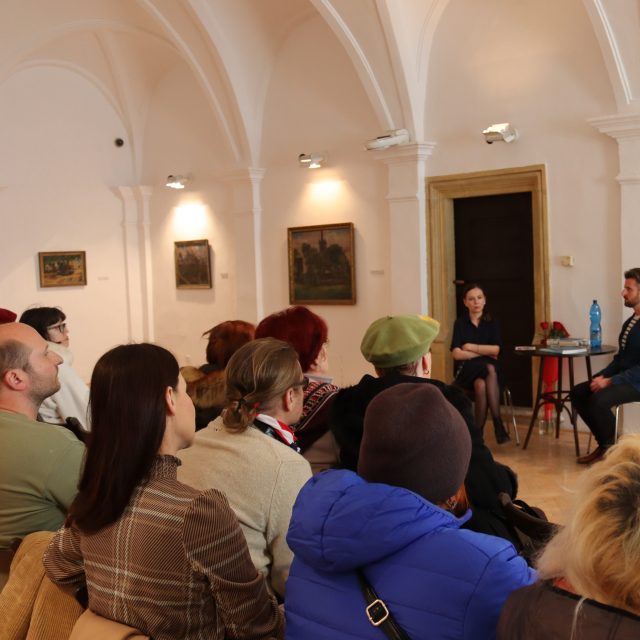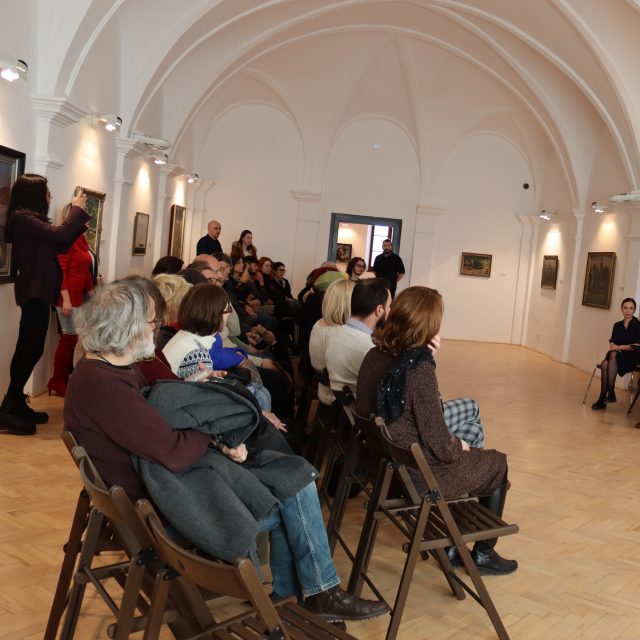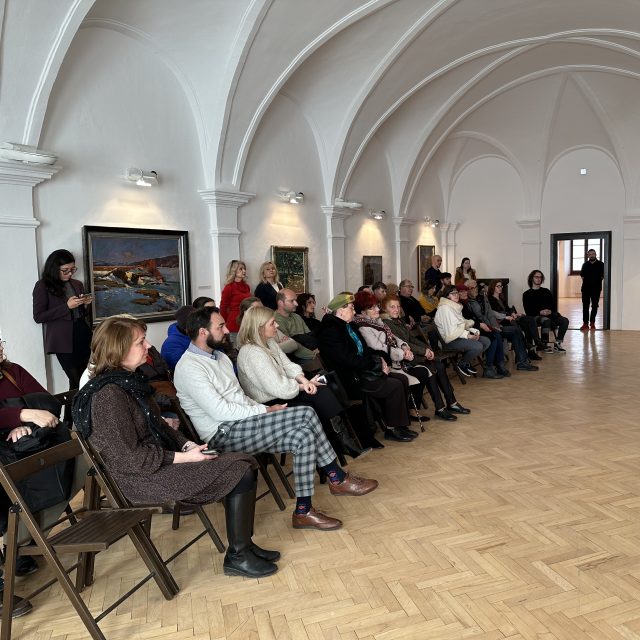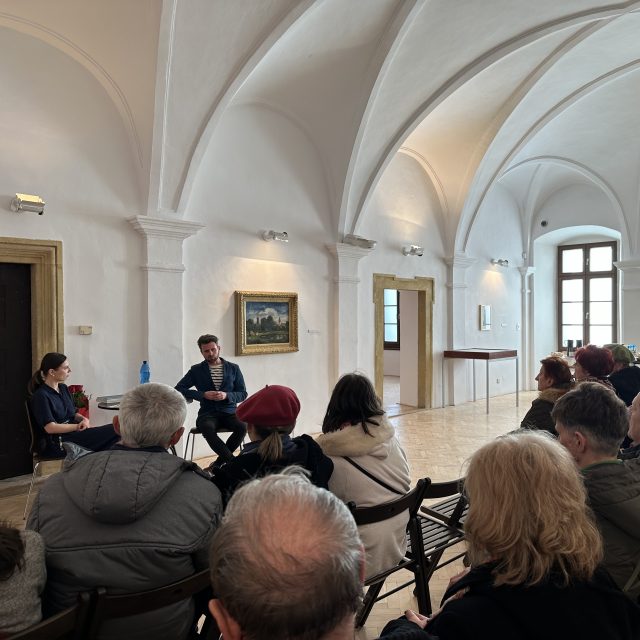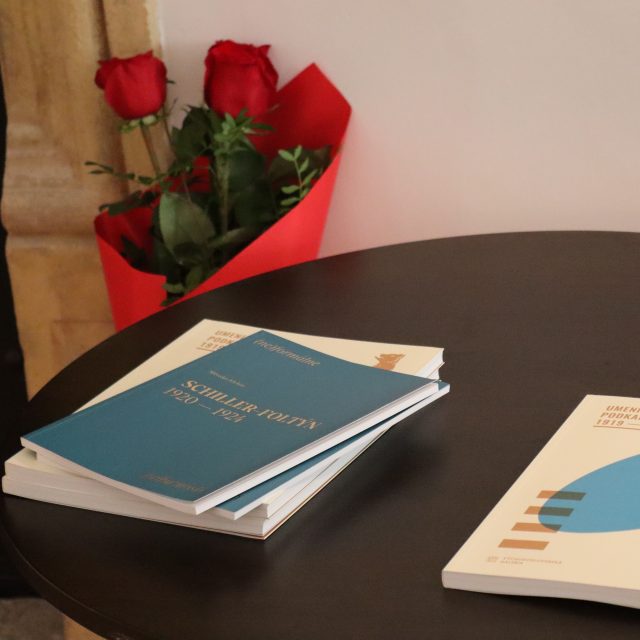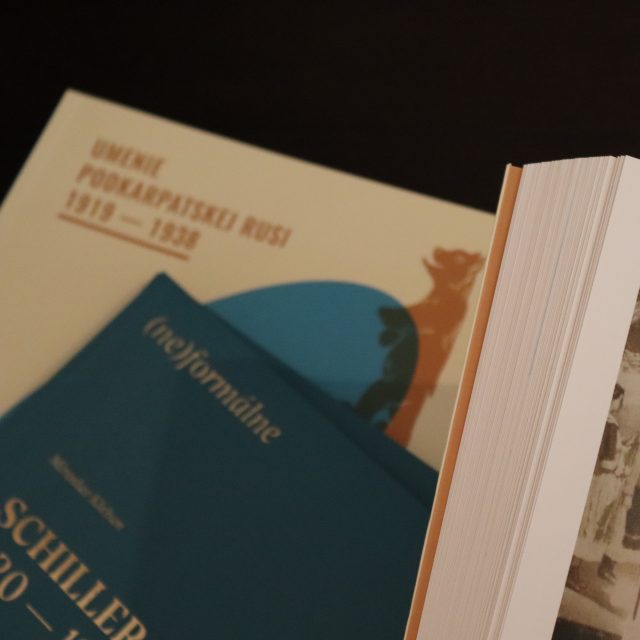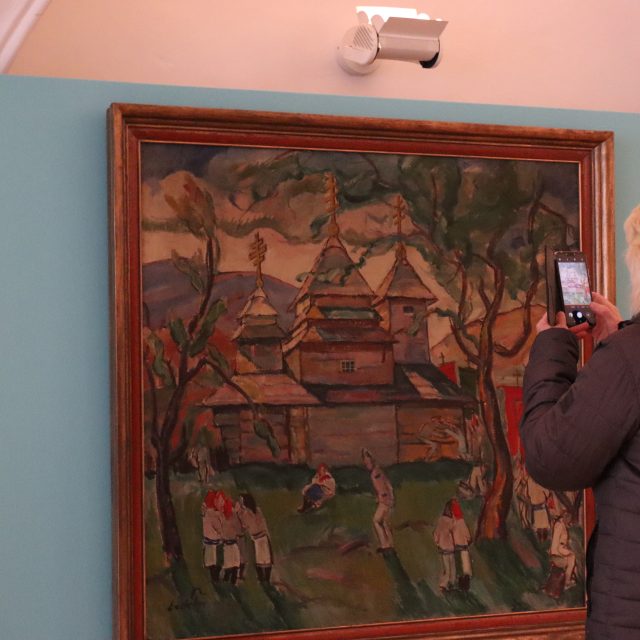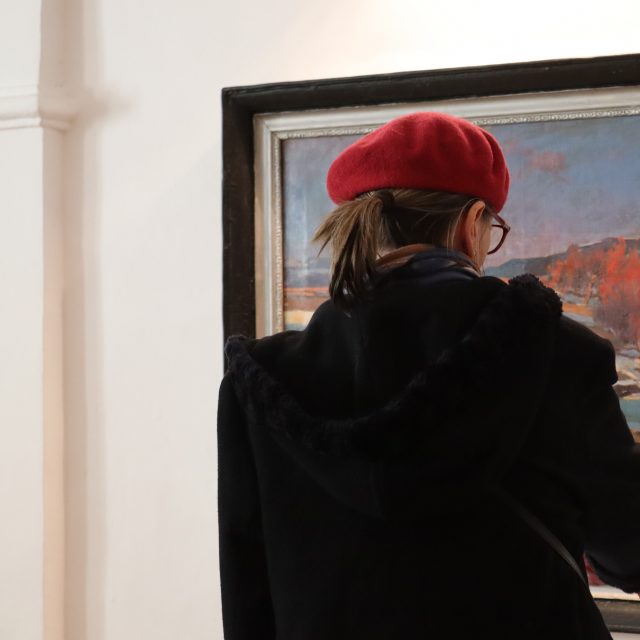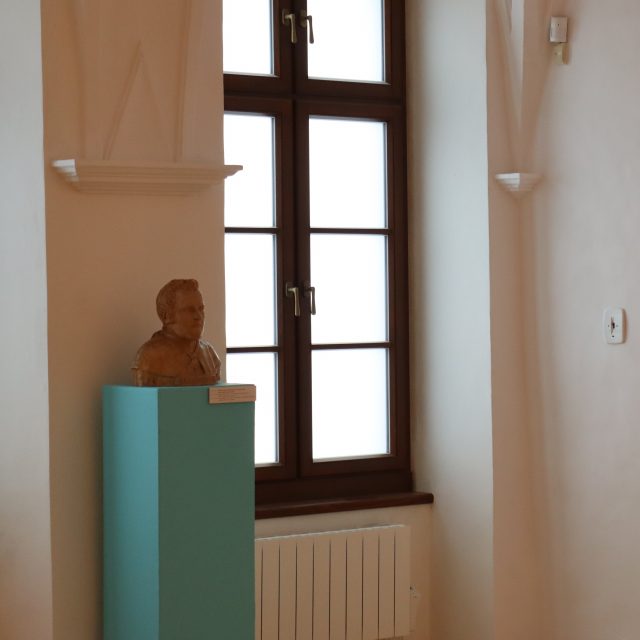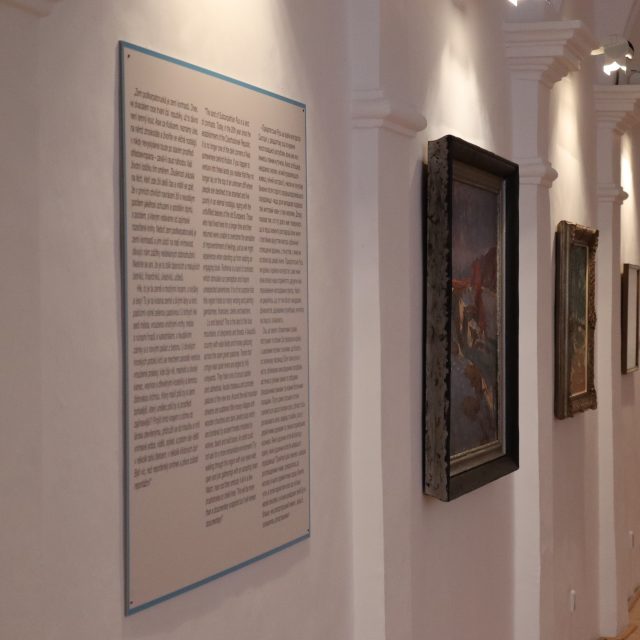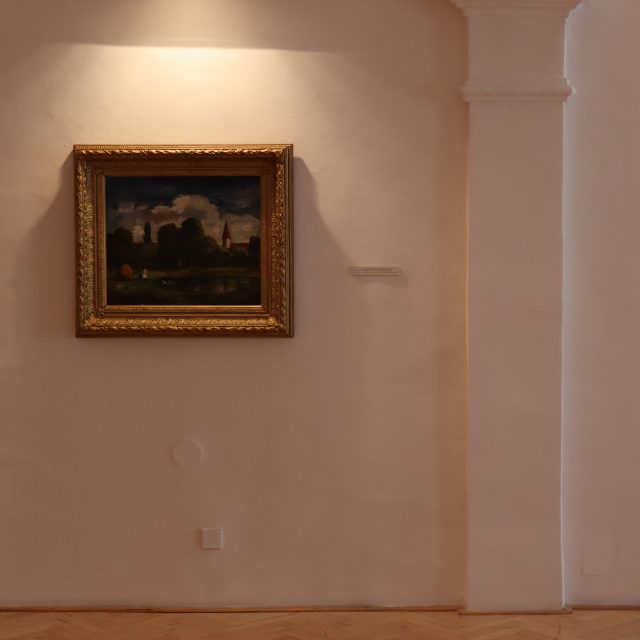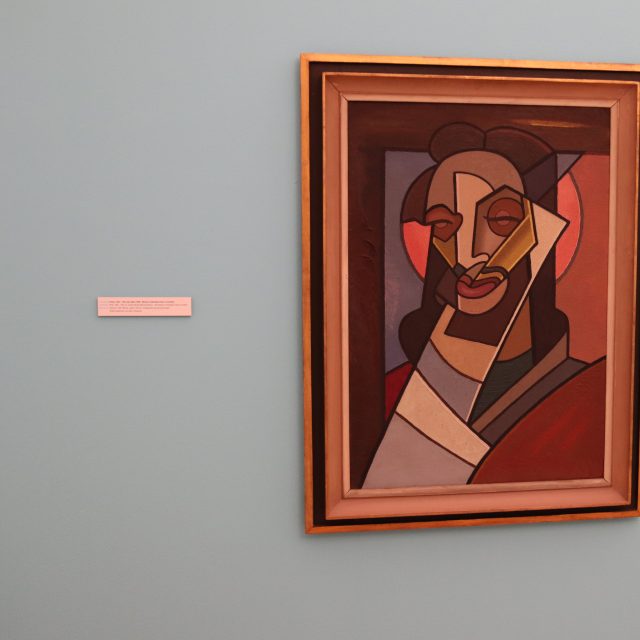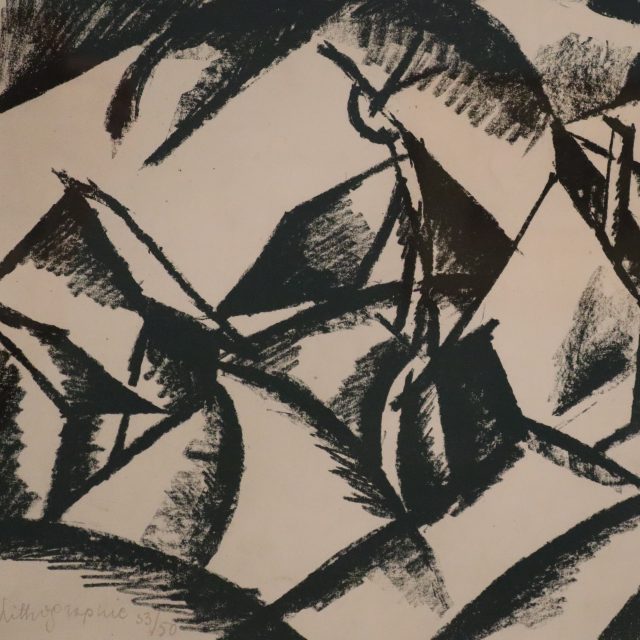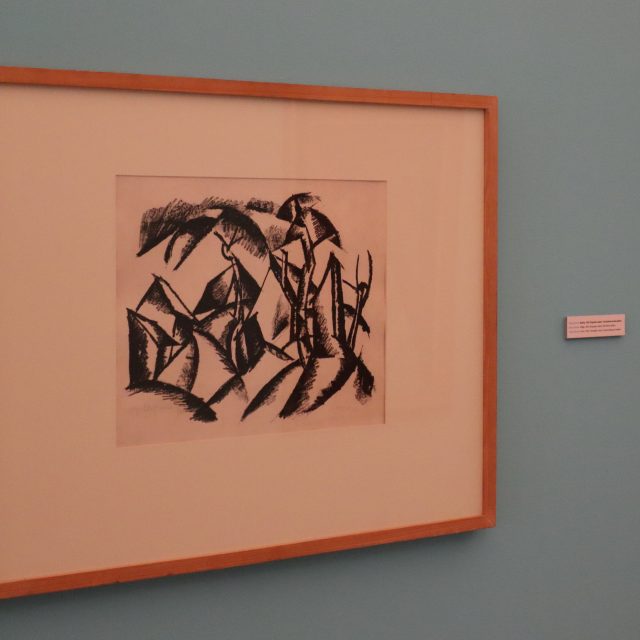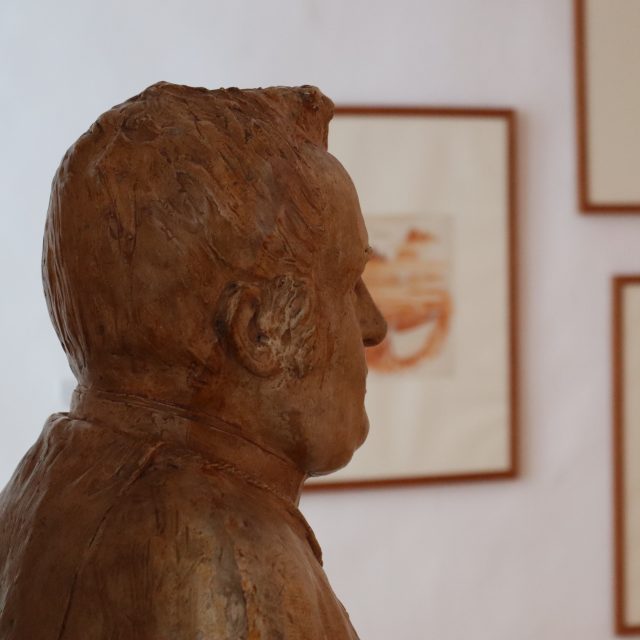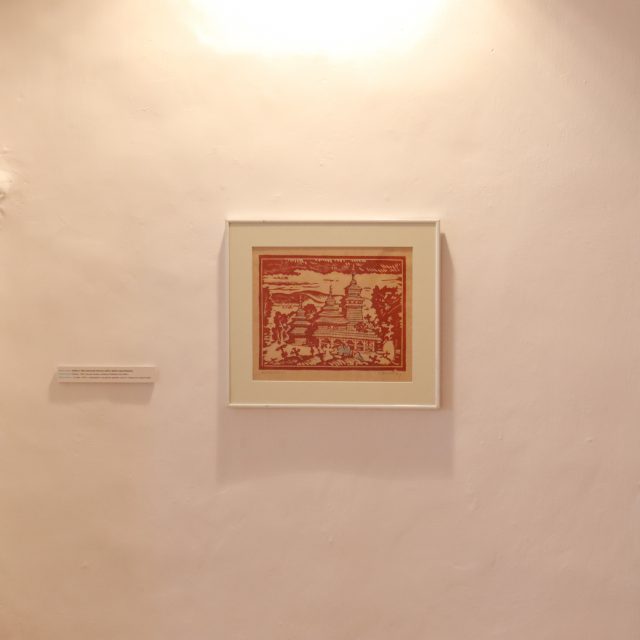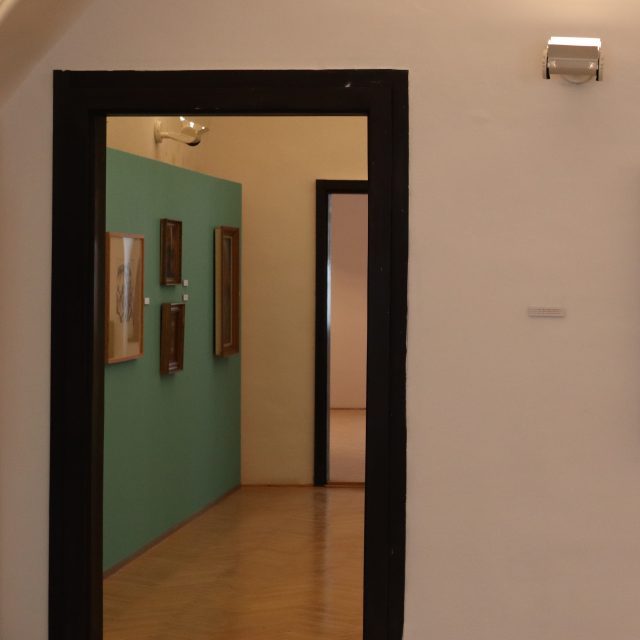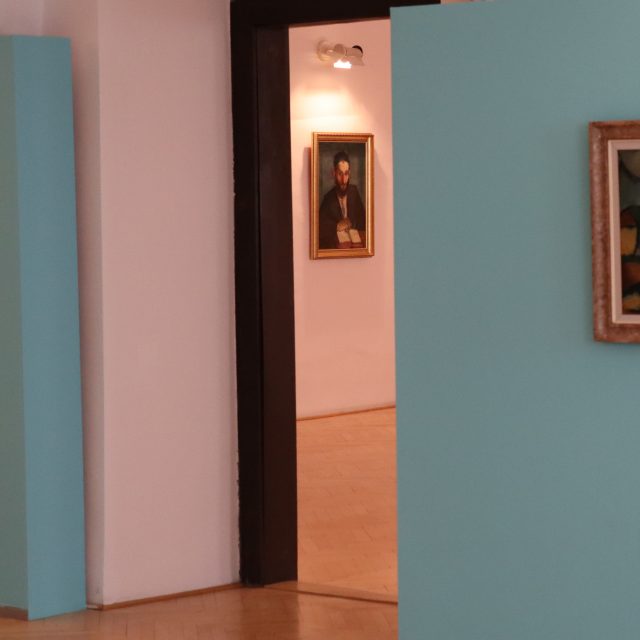Art of Subcarpathian Rus 1919 – 1938 / Czechoslovak Mark
The exhibition project mapping art and cultural contexts in the territory of the former Subcarpathian Rus is a modified reprise of the exhibition prepared by the East Slovak Gallery in 2019. As part of the exhibition dramaturgy, which in 2018 – 2019 responded to the historical events and anniversaries of the establishment of the 1st Czechoslovak Republic. The conceiving of the exhibition project was carried out in cooperation with several museums, galleries and archives in Slovakia, the Czech Republic and Ukraine – which complements the contemporary narrative of the national composition of the 1st Czechoslovak Republic as a multinational and ethnic state. A significant cooperation within the given topic was the synergy with the Transcarpathian Regional Art Museum of Joseph Bokshay in Uzhhorod. Due to the aggressive military conflict in Ukraine, it was not possible to present the collection of art of Subcarpathian Rus from the collections of the Uzhhorod museum during the exhibition’s reprise. The exhibition offers an interesting excursion to a rare segment of the visual arts of the interwar period of the 1st Czechoslovak Republic, complementing the phenomenon of Košice Modernism.
Nowadays the region of Subcarpathian Rus is often referred to as the “lost land”, “forgotten land” or “disappeared world”. Contemporary literature portrays Ruthenia as a romantic region whose beauties were gradually unveiled by the rest of the republic. However, it often also emphasizes its social backwardness and turbulent atmosphere. The original exhibitory and research project mapping the cultural life and artistic production of the region of former Subcarpathian Rus continues as an independent project which was linked with the research of the art of the interwar period, primarily of the Košice circle of the 1920s and 1930, known as Košice Modernism. Within this context (or within the scale of Central European art) it is the Ruthenian art of the interwar period which has not been given adequate attention from Slovak nor Czech art history. Owing to this fact, this topic became attractive not only for the local art historians of Eastern Slovakia but also for those who were attempting to execute systematic and complex research, interconnect the wider general context of relationships within the Czechoslovak art scene.
A similar situation occurred in interwar Košice, the location of which at the easternmost tip of the republic created a highly multicultural environment. A great influx of non-Slavic nations, mainly Hungarians, Germans and Romanians, who were trying to implement their rights, cultural traditions, languages and ways of life contributed to the creation of an individualistic environment reflective of the times of the Hapsburg Monarchy. This international vibe was echoed in the cultural life of Ruthenia and in the style of both sacral and profane architecture which completed the visual character of this region. After the integration of Ruthenia into the First Czechoslovak Republic, the region saw the development of education and Ruthenian culture. In Uzhgorod, which was under the supervision of the Department of Education, teachers managed to open education to cover all national minorities. The influence of Košice modernism reached the region of Ruthenia mainly thanks to the friendship between two artists and representatives of this avant-garde movement – the Czech painter František Foltýn and the Hungarian leftist artist Gejza Schiller. After the First World War, the cultural and social conditions in Slovakia were rather challenging. The departing Hungarian administration was gradually replaced by Czech executives, who attempted to shape Slovakia’s culture, politics and economy. The absent state academies of art were supplanted by private schools, School of Gustáv Mallý in Bratislava, 1911 – 1932, School of Eugen Krón in Košice, 1921 – 1927, in Uzhgorod it was Public School of Drawing founded in 1927 by Jozef Bokšaj and Vojtech Erdélyi.
The modernistic artistic tradition in the region of former Ruthenia had already been established before its integration into Czechoslovakia in 1919. In his Almanac of Czech Works from 1937, František Žákavec refers to the art of Ruthenia as the youngest Slavic art. A general definition of this artistic phenomenon which was linked with a unique and inspirational region full of topographic individualities and archaic folkloric prototypes is positioned somewhere on the edge between tradition and modernism. The events of the period from 1918 to 1919 did not set a distinctive division in the aesthetic and ideational perception of individual artists, but tied them up with an earlier tradition, which in the interwar period evolved into a so-called vernacular modernism, which became closely confronted with the avant-garde features of Košice modernism.
////////
Title of the exhibition: Art of Subcarpathian Rus 1919 – 1938 / Czechoslovak Mark
Venue: Bethlenov dom, Dolná 8, Banská Bystrica
Curator: Miroslav Kleban
Duration of the exhibition: 5. 4. 2023 – 11. 6. 2023
Opening: 4. 4. 2023 17:00
Realized with the financial support of the Banskobystrica self-governing region.
The founder of the Central Slovak Gallery is the Banská Bystrica self-governing region.
